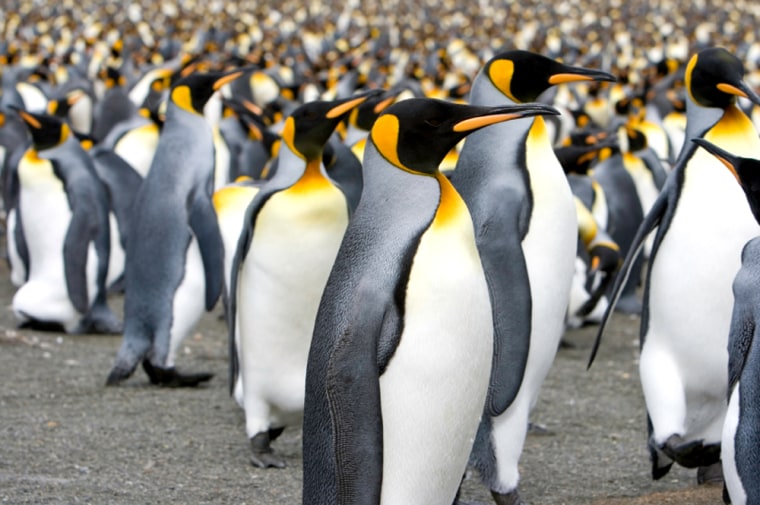The 50 to 60 million people in the United States who consider observing birds a hobby fly in many different flocks. Some are content to hang a few feeders and watch the sparrows that come in to snack. Others are on a constant quest for new species. For these folks — who cringe at the term “bird-watcher,” labeling themselves instead as “birders” — time and money are no object; if there’s a species of pitta that can only be seen in Borneo, well damn the torpedoes — they’re going to Borneo.
Ornithologists estimate that there are more than 10,000 bird species in the world; some, most likely in the dense rainforests of the Amazon, have yet to be discovered. Given that a scant 914 have been recorded in the continental United States (including Alaska) and Canada, birders have been heading abroad in increasing numbers. Specialized birding tour companies now arrange and lead tours to far-flung places — including Field Guides, Victor Emanuel Nature Tours and Wings.
These companies lead a variety of itineraries built around different objectives — observing as broad a cross-section of species as possible in a given place, for example. Or, finding a few difficult-to-see species. Or, mixing a taste of the local culture with some time in the field. As for accommodations, they are generally very nice, but can trend toward the basic in more remote destinations such as St. Lawrence Island, off the coast of Alaska. On these trips, sometimes the most beautiful designs belong to the birds.
Central and South America are often the first destination abroad for birders looking to spread their wings and observe tropical species. While a trip to Peru or Costa Rica can be a great way to increase your life list, it can also be fraught with frustration.
“A lot of enthusiastic new birders decide that they need to go and experience the rainforest,” says Clay Taylor, Naturalist Market Manager for Swarovski Optik, a leading binocular manufacturer. “They go down to those places, and without a guide, they get horribly frustrated. The dense vegetation only allows them a quick glimpse of a bird, and then their bird book shows six or eight bird species that appear identical to what they saw.”
He suggests a trip to Trinidad instead.
“It’s like Tropical Birding 101. All the families of South American bird species are represented there. You can get a feel of how to find antbirds and trogons and other species, without suffering a bad case of field guide shock.” There, the Asa Wright Nature Center has long catered to birders from all over the world.
For those who hope to see large numbers of birds, taking to the sea may be the best course of action. South Georgia Island is high on many birders “must-go” lists. A mere 1,300 miles east of Argentina’s Tierra del Fuego, just above the Antarctic Circle, it offers king penguins, skuas and albatross, plus elephant and fur seals.
“In terms of total wildlife and overall spectacle,” says noted ornithologist Victor Emanuel, “I think that South Georgia ranks right up there with the Serengeti. The sheer numbers of king penguins, skuas, albatrosses, elephant seals and fur seals — plus the backdrop of the mountains and the sounds and smells of the menagerie — are simply staggering.”
For mixing culture and birding, it’s hard to beat Bhutan. It is “quite simply an unexplored paradise,” says David Bishop, an ornithologist and tour leader based in Australia who’s led many tours to this tiny landlocked nation east of Nepal. As of 2004, 645 bird species had been officially recorded in Bhutan, including such mega-charismatic species as the Himalayan monal, rufous-necked hornbill; wedge-billed and long-billed wren-babblers, fire-tailed myzornis, grosbeaks, rosefinches, laughing thrushes; ibisbills, and satyr tragopans.
Consider the breath-taking surroundings — fortified monasteries that cling to hillsides and towering mountains that reach high into the clouds — and it’s no wonder that these trips fill up more than a year in advance. The price tag to reach this, the world’s last intact Buddhist nation? More than $13,000.
